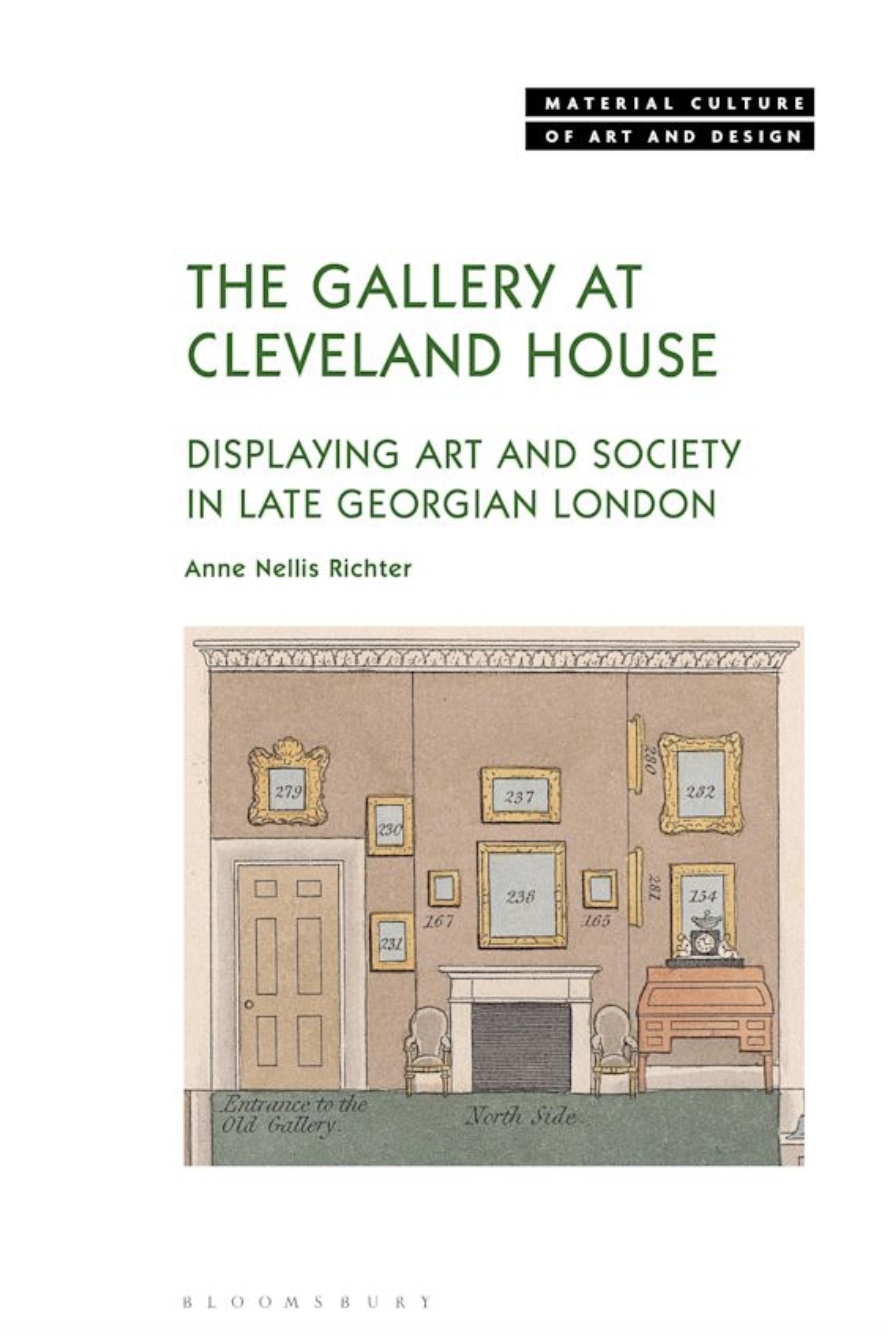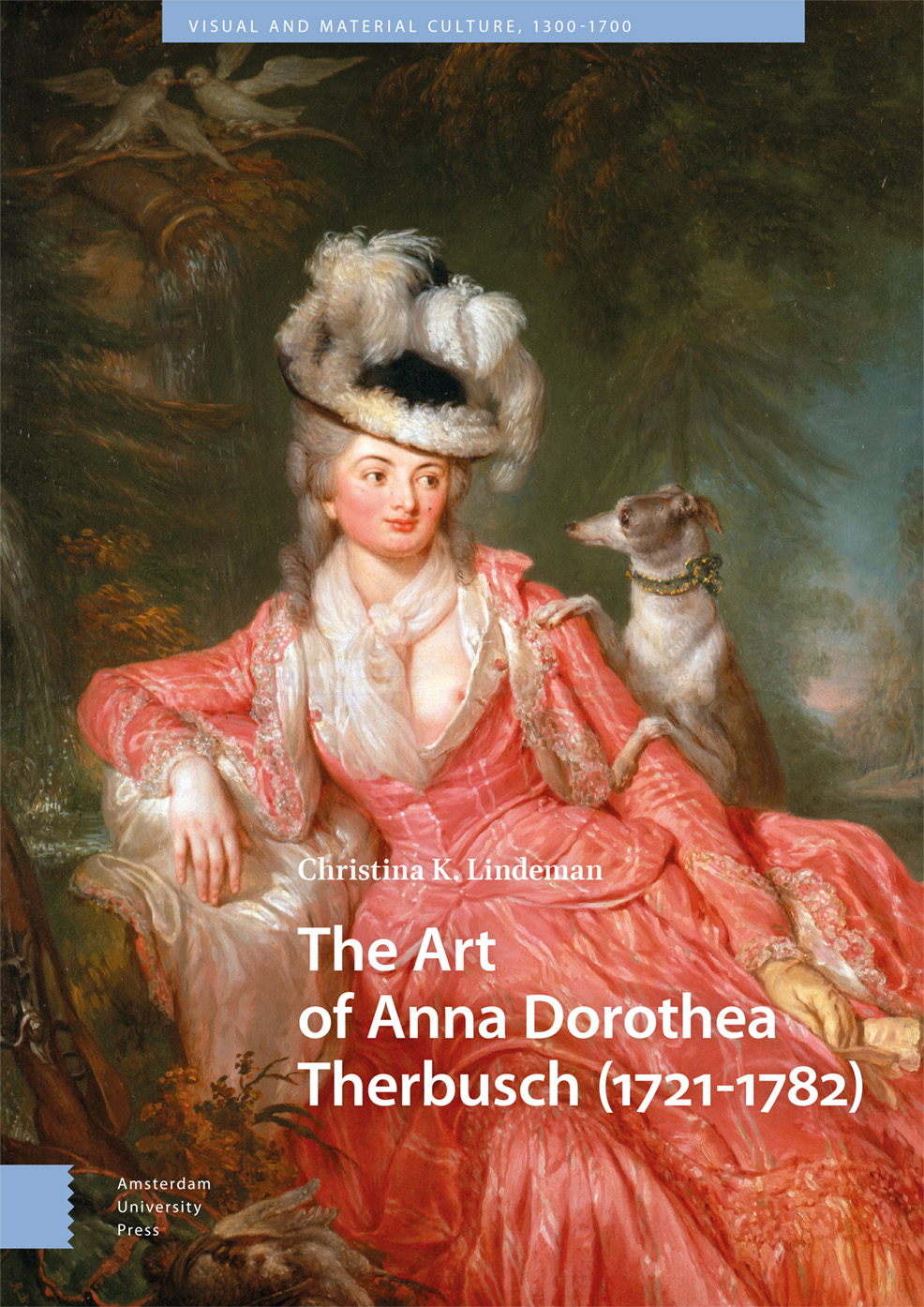Baroque at the V&A

Massimiliano Soldani Benzi (1656-1740), Ewer Depicting the Triumph of Neptune Vase, Florence, ca. 1721, bronze (London: V&A Museum no. A.18-1959)

Catalogue edited by Michael Snodin and Nigel Llewellyn
BAROQUE 1620-1800: Style in the Age of Magnificence
Victoria and Albert Museum, London
April 4 – July 19
Robert Oresko’s review from Apollo (June 2009)
“Ever since Heinrich Wölfflin, the successor in Basel of Jacob Burckhardt, published his Renaissance und Barock (1888) and fixed the word ‘baroque’ into intellectual consciousness and discourse, its meaning has been a focal point of debate. The new and visually sumptuous exhibition at the Victoria & Albert Museum attempts a presentation attuned to concerns in the early 21st century.”
Robin Blake’s review from The Financial Times
“Baroque is certainly a conundrum, both superficial and profound, beautiful and ugly, ordered and chaotic, sexy and sacred. But for true devotees that is the essence of baroque charm – and they will find plenty to be charmed by in this show.”
Tom Lubbock’s review from The Independent
“Baroque 1620-1800: Style in the Age of Magnificence is the Victoria & Albert Museum’s spring blockbuster. . . And even before going through the door, you can see that it’s not going to narrow down the definition. Check that title: a movement generally set in the 17th century is extended through the whole of the following century, too.
What’s more, the show takes the Baroque out of Europe and across the world. Colonisation took it to Peru and to Indonesia. It was the first global style. And the exhibits go beyond art and artefacts – there’s every sort of luxury object, from an ornamental sled to an ornamental ostrich, an entire and huge Mexican altarpiece, and (on film) an authentic period firework display.
It does everything it can to imitate itself a Baroque spectacle. You proceed through galleries devoted to various places of display – the theatre, the public square, the church, the palace, the garden. Baroque music accompanies you. . . . There’s an obvious practical problem. The bigger the subject, the harder it is to exhibit it in a museum. . . .”



















leave a comment